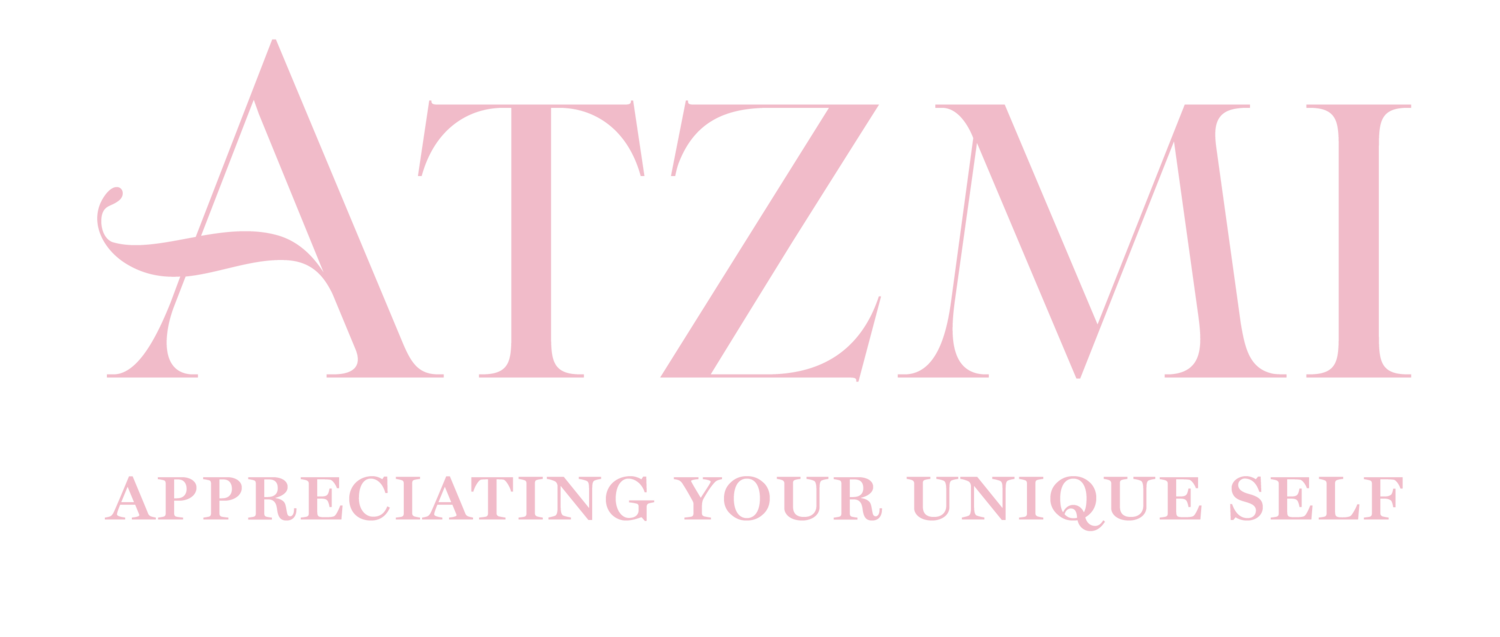The Challenge

Adolescence and being female are inherent risks for negative body image.
Body Image can affect:
Self-esteem levels: Self-esteem dictates how a person feels about themselves and infiltrates every aspect of that person’s life. Higher self-esteem leads to higher levels of happiness and fulfillment.
Self-acceptance: Self-acceptance refers to a person’s ability to accept all their attributes, allowing them to embrace all parts of themselves and to be impacted less by media images and societal pressures.
Focus on outward appearance: Being hyper-focus on outward appearance can increase risk for anxiety, insecure attachment, and eating disorders. Reducing this focus increases both self-esteem and self-acceptance.
Increase Risk for Eating Disorders: Research has shown that negative body image leads to body dissatisfaction which, in turn, is a known risk factor for eating disorder onset. And eating disorders are the second deadliest mental health illness for adolescents.

The many risk factors of developing negative body image include being female, having low self-esteem, struggling with perfectionism, being teased for weight and/or appearance, and experiencing an environment overly concerned with weight loss and body appearance.
Being in tune with, and responding to the needs of your body, improves both physical and psychological wellbeing.

